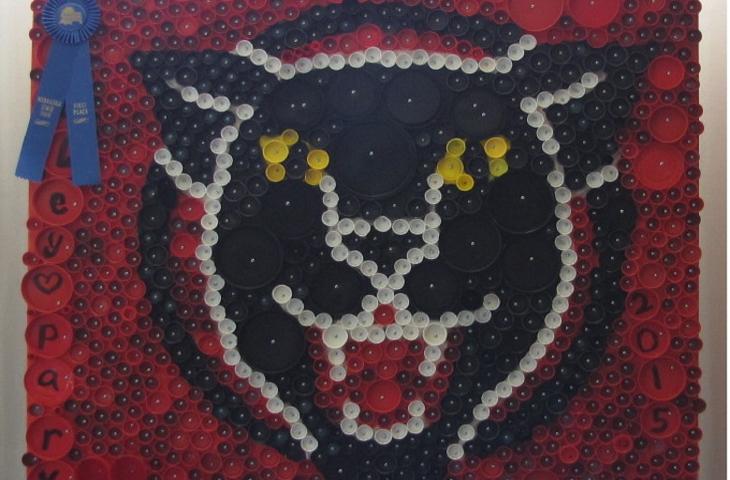MILAN – The Nebraska State Fair and the Grand Island Clean Community System have rewarded three American elementary schools for participating in a programme aimed at raising awareness, titled “The bottle cap artwork”. As part of the project children used plastic bottle caps to recreate the image of their school. According to Jaime Parr, director at the Nebraska State Fair, these creations have a significant value: “The bottle cap art projects are significant in that they remind young and old alike of the importance of reducing the amount of plastic material that ends up in landfills by reusing it intelligently. More than 3,500 bottle caps were used to complete the projects.”
A programme set to grow
An environmentally friendly game for the younger children, this initiative aims to support the environment and is expected to grow more and more each day. This belief is also held by Denise McGovern-Gallagher, director of the Grand Island Clean Community System, who says: “The Clean Community System partnered with the Nebraska State Fair to showcase the artwork’s value to everyone. Our hope is that the programme will continue to grow and could involve all elementary schools in the city.”
The winners are:
- Stolley Park Elementary
- Howard Elementary
- Gates Elementary
Each school received a financial prize and a plaque. McGovern-Gallagher added: “We’ll even deliver cookies to each of the classrooms to remind the children how sweet recycling is.”
An educational method
“We are ever mindful of the Nebraska State Fair footprint,” says Jaime Parr. “This past year alone, the Nebraska State Fair recycled over 3 tonnes of plastic during the 11-day event. The “bottle cap artwork” programme is a great way to educate elementary school children on how important it is to always be mindful of the value of the environment.”
by editorial staff











